They belong to the Hymenoptera species (bees, bumblebees, wasps and some other species) and are apex, as only the male does not have a stinger. They can sting repeatedly and not die in the attempt. Males are brown and much smaller than females. They also fly at high altitudes to mark their territory and attract the attention of females. These bees are very passive as long as they are not disturbed. Males will come close enough to people to draw them away from the site, as they may have a shelter or feeding area there.
When the food source is scarce, they may fly up to 5 kilometers away from their shelter or nest.
Saludos amigos de #fascinatinginsects hoy quiero compartir con ustedes estas increíbles imágenes de una abeja carpintera que pude encontrar muy cerca de los jardines, parecía estar herida, pero aun así logré tomar una rama seca para abordarla para luego ayudarla a subir a un árbol mientras se recupera y luego emprender su vuelo a casa, son muy hermosas, ya que su color negro brillante la hace ver muy elegante, les gusta abrir túneles en la madera y es ahí donde viven, cuando se les molesta tienden a seguir y picar. Sus picaduras provocan alergia y a menudo fiebre por lo que es mejor dejarlas tranquilas.
Pertenecen a la especie Hymenoptera (abejas, abejorros, avispas y algunas otras especies) y son Ápidos, ya que sólo el macho no tiene aguijón. Pueden picar repetidamente y no morir en el intento. Los machos son de color marrón y mucho más pequeños que las hembras. También vuelan a gran altura para marcar su territorio y atraer la atención de las hembras. Estas abejas son muy pasivas mientras no se las moleste. Los machos se acercarán lo suficiente a las personas para alejarlas del lugar, ya que pueden tener allí un refugio o zona de alimentación.
Cuando la fuente de alimento es escasa, pueden volar hasta 5 kilómetros lejos de su refugio o nido.
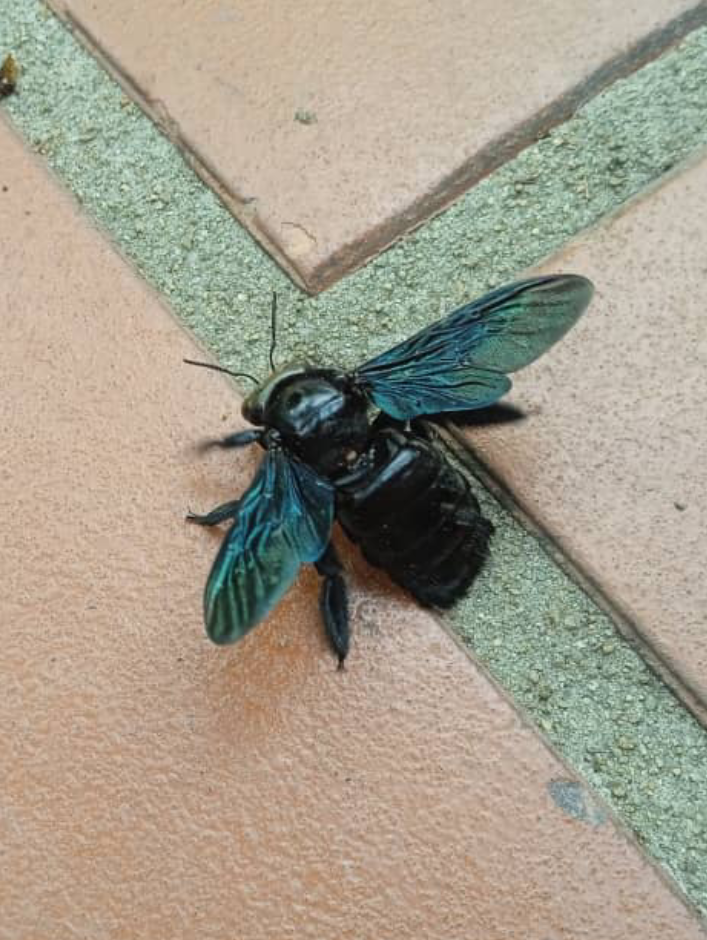
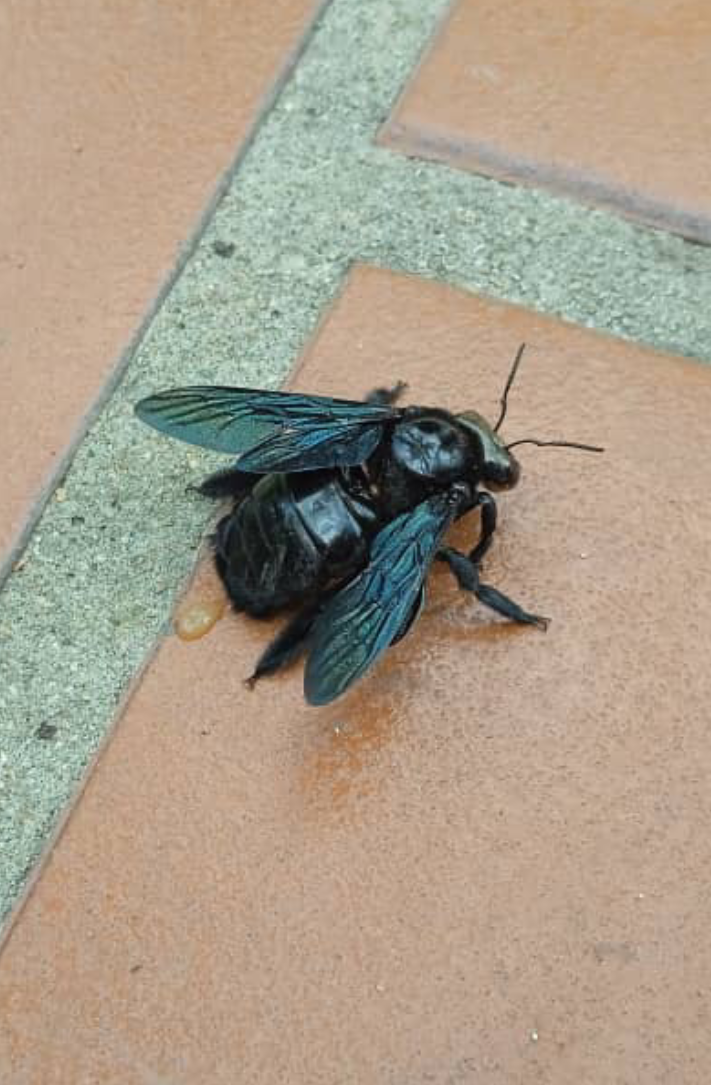
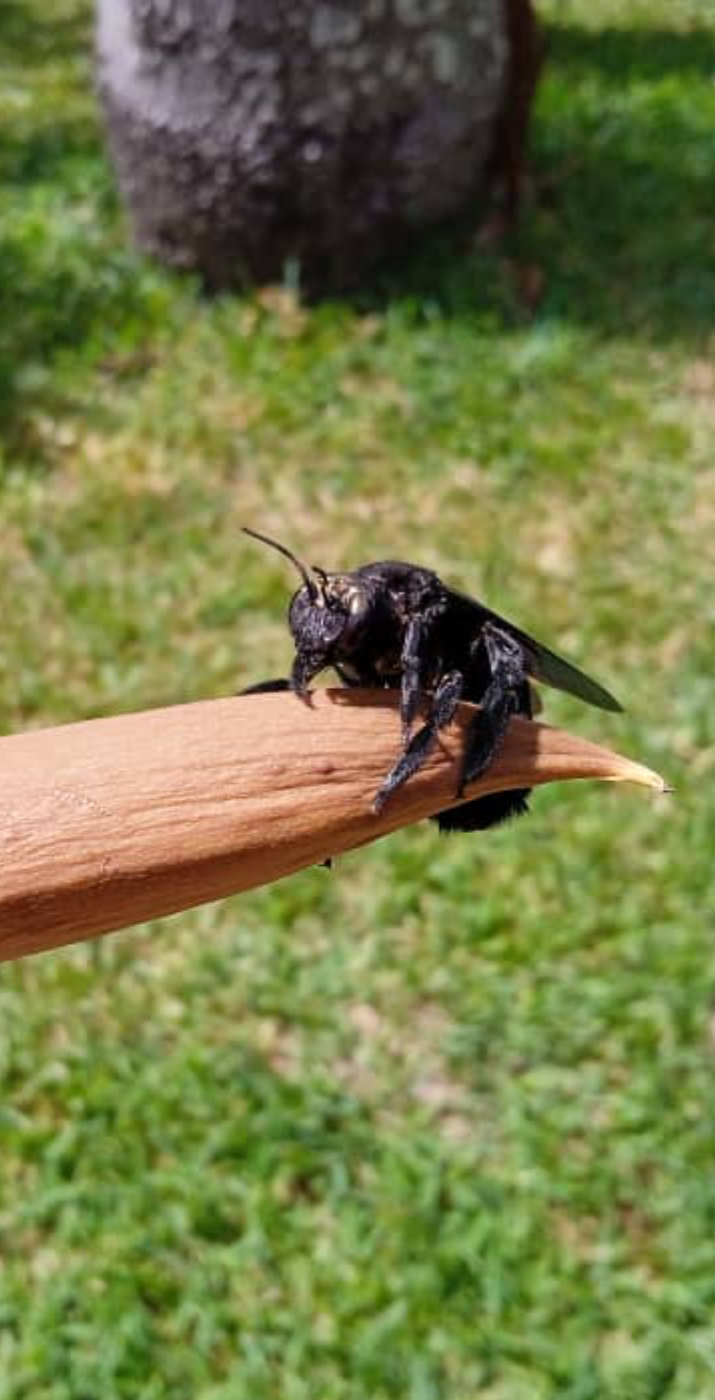
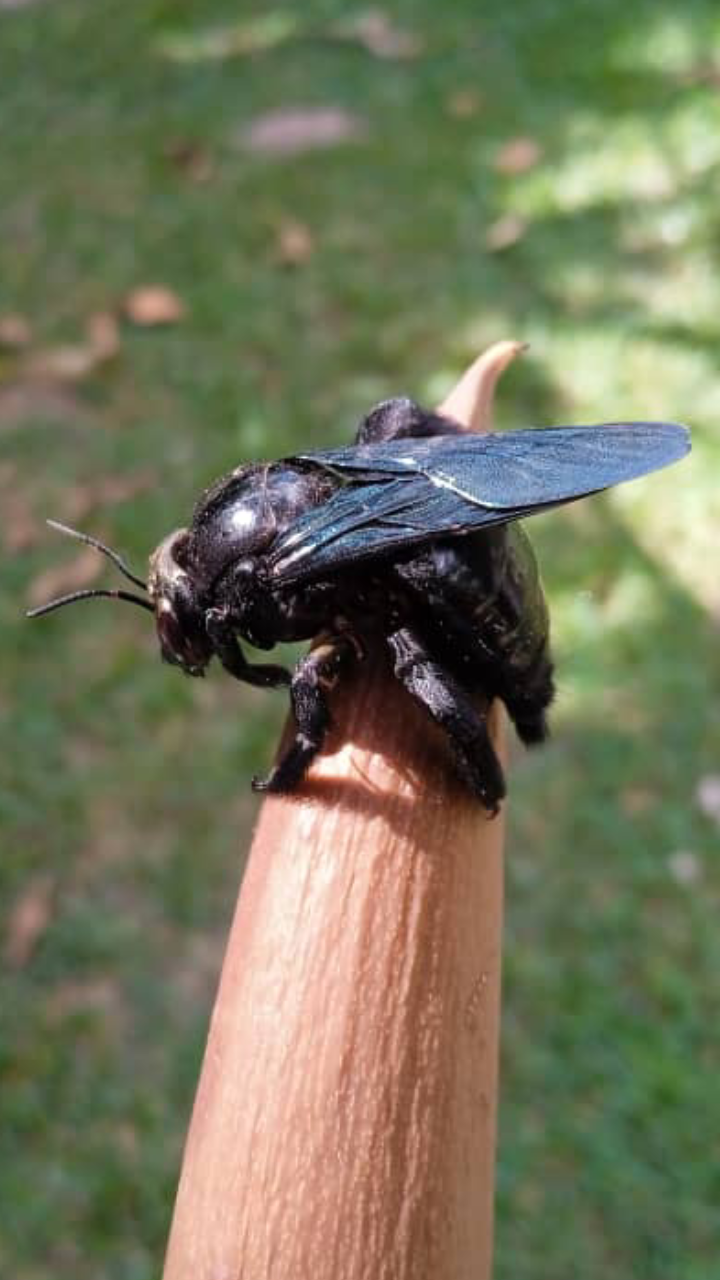
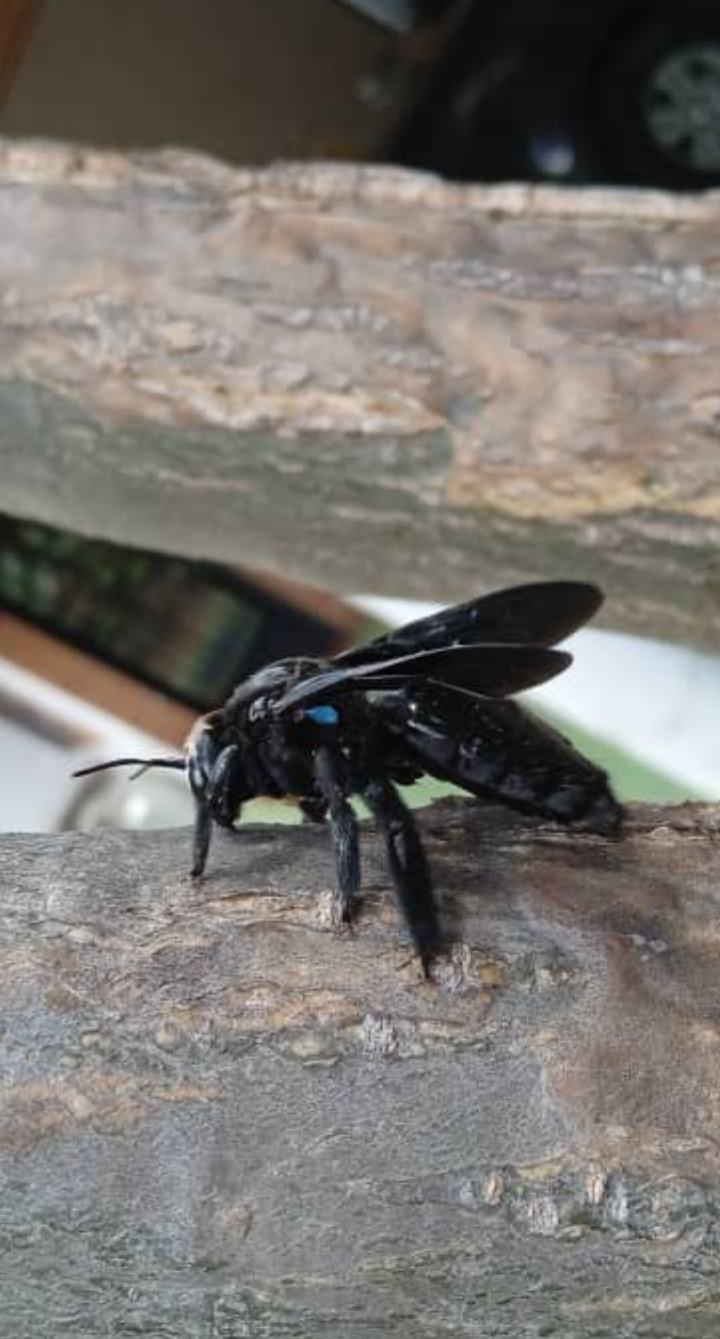
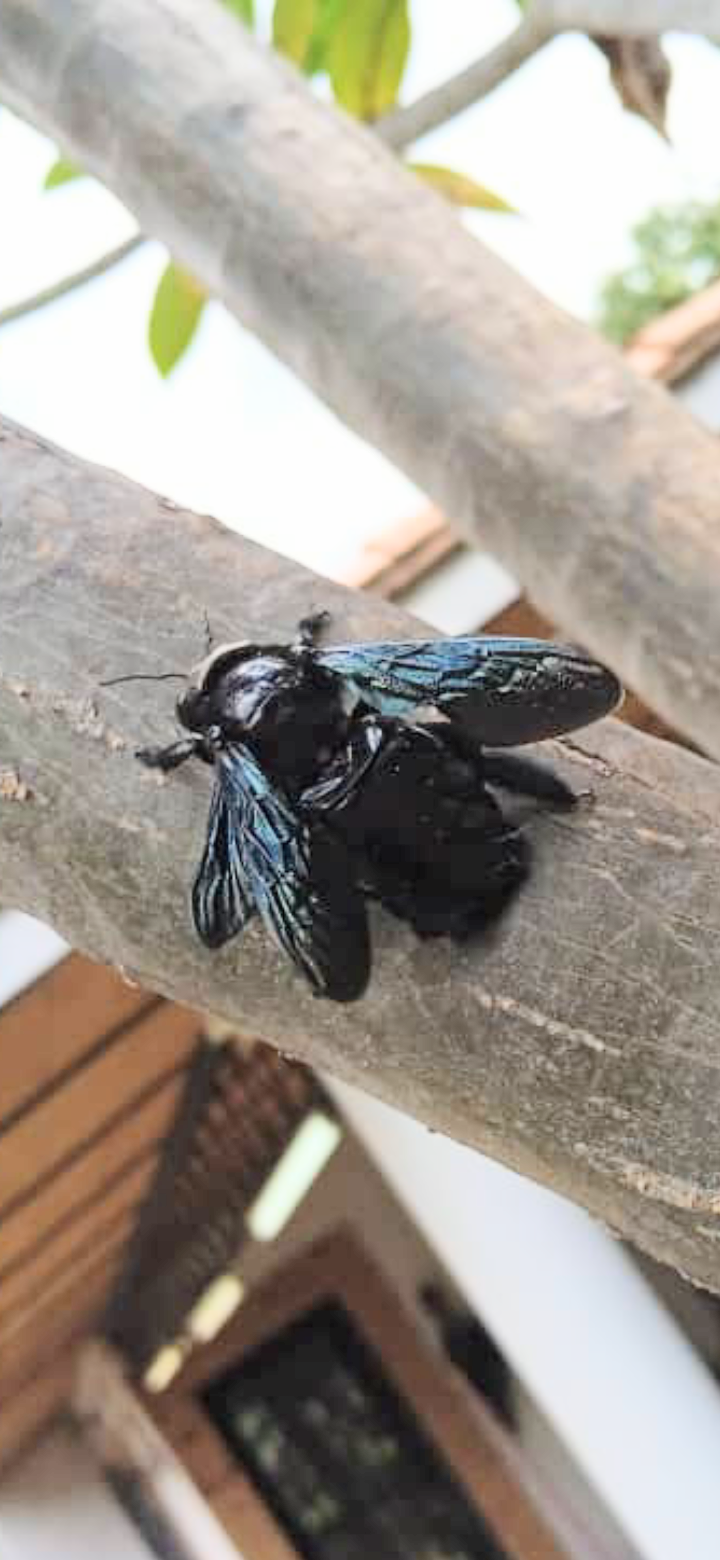
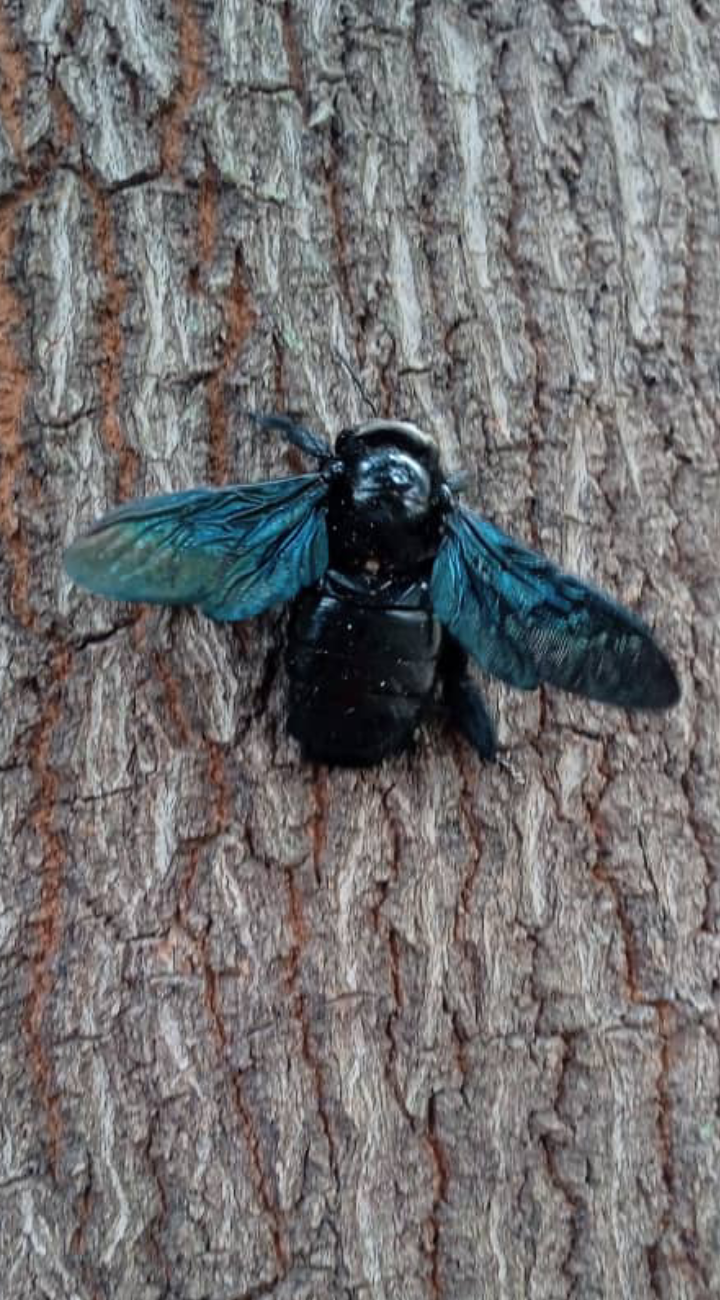
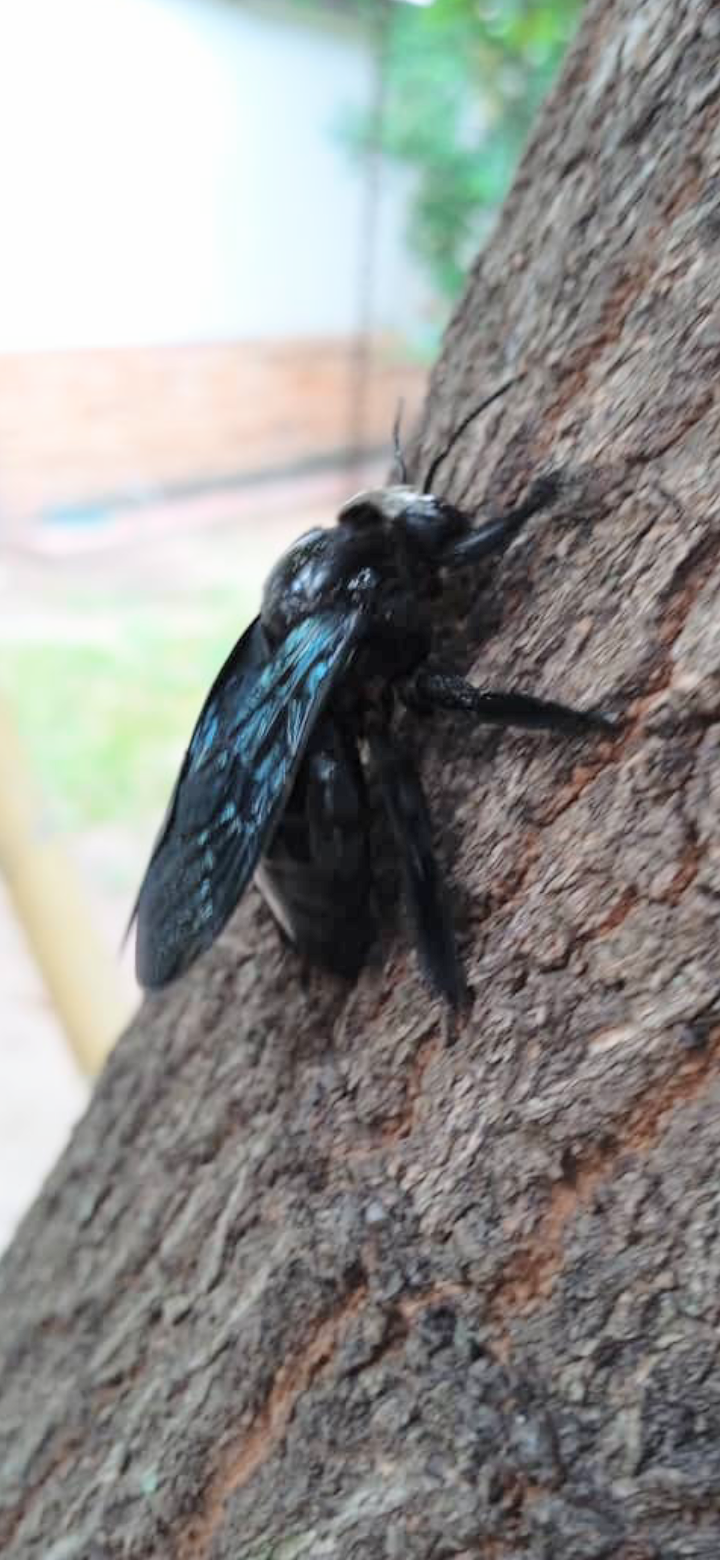
These bees reproduce while hibernating in their nest made of vertical and horizontal tunnels. They are very cute these bees, nature is amazing along with all that is found in it.
Estas abejas se reproducen mientras hibernan en su nido hecho de túneles verticales y horizontales. Son muy lindas estas abejas, la naturaleza es sorprendente junto con todo lo que se encuentra en ella.
| Camera/Cámara | Motorola E6 Plus |
|---|---|
| Localitation/Localización | Aragua - Venezuela |
| Photographer/Fotógrafo | Estebandido |
Congratulations @estebandido1983! You have completed the following achievement on the Hive blockchain and have been rewarded with new badge(s):
Your next target is to reach 1500 upvotes.
You can view your badges on your board and compare yourself to others in the Ranking
If you no longer want to receive notifications, reply to this comment with the word
STOPSupport the HiveBuzz project. Vote for our proposal!